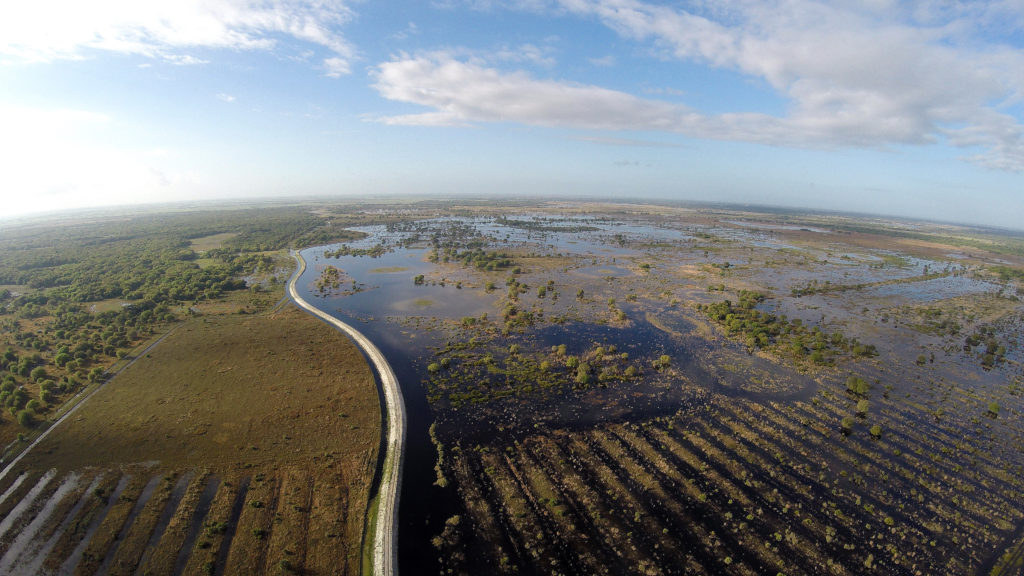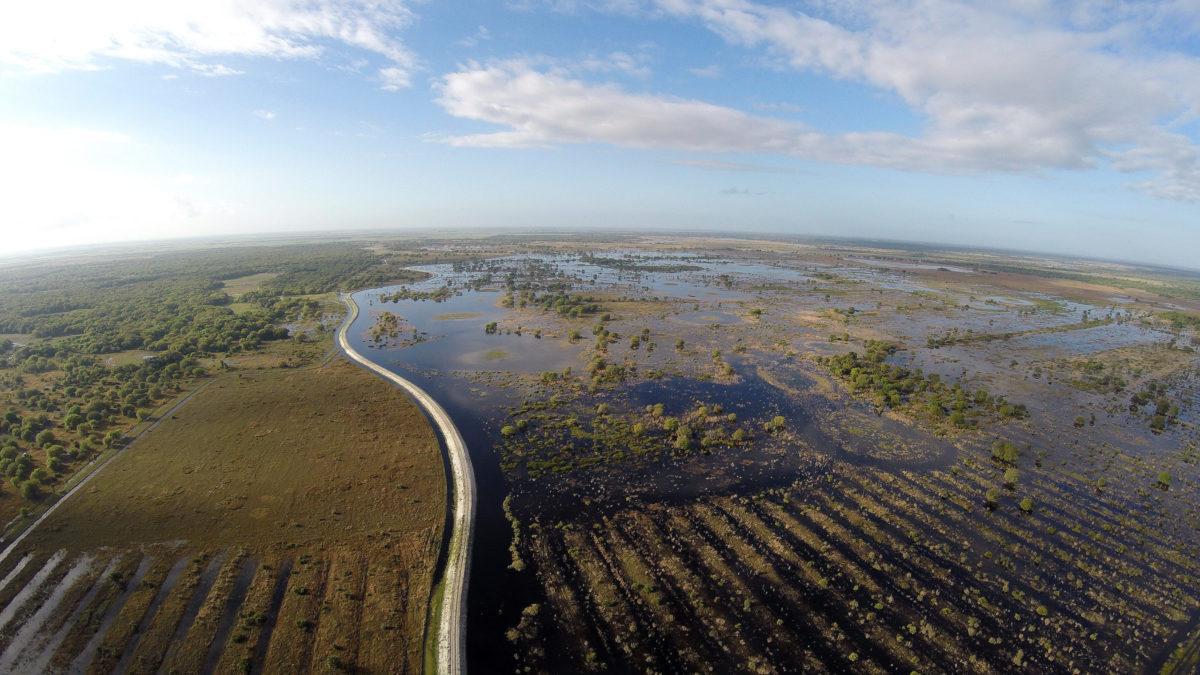By Frank Giles
There has been a lot of media coverage and hype about the potential of agriculture to benefit from emerging carbon-capture markets in recent years. Various certifying agencies and groups have begun jockeying for position for their place in what could become a new segment in agriculture as the movement progresses.
But there remains many questions about what these markets might look like and how growers would benefit. And more importantly, will growers be the ones benefiting or some other part of the carbon-capture chain?

Photo courtesy of UF/IFAS
QUANTIFYING CARBON CAPTURE
In July, the U.S. Department of Agriculture (USDA) announced a $300 million investment to monitor agricultural emissions. A draft of the Federal Strategy to Advance Greenhouse Gas Measurement and Monitoring for the Agriculture and Forest Sectors report was released for public comment.
The report notes: “Net agricultural emissions now represent roughly 10% of U.S. greenhouse gas emissions (GHG), while the forest sector remains a net sink of GHGs across the 1990–2021 time series; hence, agriculture and forests offer critical mitigation opportunities.”
The initiative will seek to do the following:
- Improve data and data products used in quantifying GHG sources and sinks
- Improve monitoring and verification of GHG emissions and sinks from agricultural activities and forests
- Synthesize GHG estimates into actionable reports and analyses
- Operationalize a national soil carbon monitoring network
- Improve soil carbon measurement methods, technology and cost-effectiveness
- Establish GHG research networks to better coordinate and synthesize GHG research on crop and livestock systems
- Improve collection and accessibility of conservation activity data related to crop and livestock systems
- Estimate and map forest biomass
- Improve mapping of land conditions in support of national GHG quantification activities
- Accelerate adoption of applications and tools that support climate-smart agriculture and forestry
Meanwhile, bipartisan legislation in the U.S. Senate was announced to support research to “properly credit soil carbon storage.” Both the USDA investment and legislation aim to improve the science of quantifying carbon capture in agriculture. That is a critical part of establishing reliable carbon-credit markets.
FLORIDA STEPS INTO ECOSYSTEM SERVICES
Carbon capture is part of the larger ecosystem services movement. In Florida, a group of growers has taken the initiative to get out in front of potential carbon markets and future regulation that might be aimed at agriculture with it comes to GHG and other environmental factors.
In late 2018, a working group was convened to address these issues. It would become the Florida Smart Climate Agriculture (FLSCA) initiative. These growers agreed Florida agriculture was not on a good trajectory, so they needed to look for new solutions. Several prominent specialty crop producers were among the participants.
The effort, enabled by a Turner Foundation grant, has been facilitated by Solutions from the Land and the University of Florida Institute of Food and Agricultural Sciences (UF/IFAS).
Much like the $300 million USDA investment, one of the FLSCA objectives is recognizing and quantifying services that growers provide in sustaining the environment, and where possible, creating revenue streams back to the farms for those services.
Scott Angle, UF/IFAS senior vice president of agriculture and natural resources, said incentivizing farmers to clean air and water, to shelter wildlife and to sequester carbon is essential to the future of Florida farming.
“We are doing important — I’d say groundbreaking — work at the University of Florida putting artificial intelligence (AI) to work on quantifying how much working lands can contribute to improving the full suite of ecosystem services from soil health, water quality and water quantity, to plant and animal biodiversity in the long term,” Angle said.
The system, called AI-HARVEST, is a hub for agricultural reporting and verification of ecosystem services using sensing technologies. The next steps will be to develop a prototype of the software and to work with FLSCA grower leaders to test it. The AI project design calls for layering management practices and examining ecosystem service deliverables using AI and computer modeling. Data collection work in 2023 will focus on plant diversity. This project will process satellite and drone images using machine learning to quantify the ecosystem services. Efforts are continuing to secure necessary funding to underpin this system development.
LONG-TERM VIEW
While carbon markets and ecosystem services have been in the spotlight for a number of years, it is clear that much more due diligence needs to be done to better understand agriculture’s role. The USDA investment is a step toward that goal, but caution must be given to whether this knowledge will be used as a carrot and stick for growers.
Groups like FLSCA have encouraged growers to be cautious as carbon and ecosystem services develop, but also recognize agriculture needs to be proactive as these initiatives move forward.











